Samuel Beckett Theatre
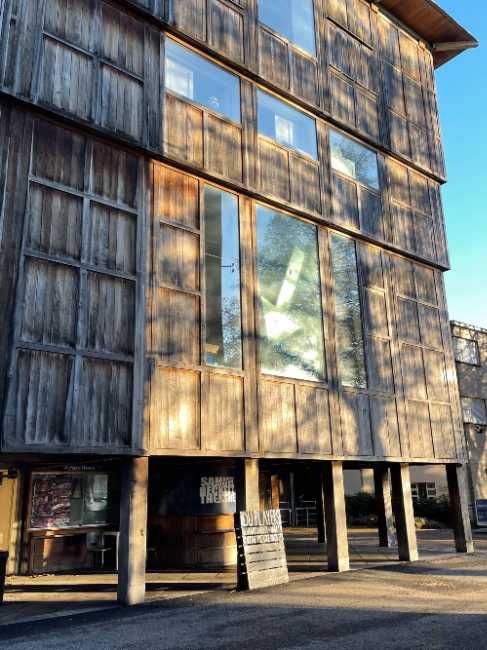
Located within Trinity College Dublin, the Samuel Beckett Theatre is a modern performance space named in honour of one of Ireland’s most influential playwrights. Opened in 1992 to mark the university’s 400th anniversary, the theatre was designed by architects de Blacam & Meagher and incorporates elements of 19th-century architecture alongside contemporary design. With a seating capacity of around 200, it serves as both a public venue and a teaching facility for Trinity’s drama department. The theatre is known for its intimate atmosphere and flexible staging, making it ideal for experimental and student-led productions. Over the years, it has hosted a wide range of performances, from Beckett’s own minimalist works to new writing and international collaborations. Its location in the heart of the university fosters a vibrant exchange between academic inquiry and artistic practice. Today, the Samuel Beckett Theatre continues to honour its namesake’s legacy by championing bold, thought-provoking theatre in a space that bridges tradition and innovation.
Dublin IrelandThe Samuel Beckett Theatre is located within Trinity College Dublin, specifically towards the centre of the campus in Dublin 2. Opened in 1992 to mark the 400th anniversary of the college, it serves as the university's campus theatre for drama students and also hosts Irish and international touring productions throughout the year. This modern black box theatre is easily accessible on foot from several city transport hubs including Tara Street and Pearse DART stations as well as Luas stops nearby. Nearby, visitors can explore the historic Trinity College campus itself, home to the famous Long Room Library and the Book of Kells. Just outside the college, Grafton Street offers a vibrant shopping and dining experience with boutiques, cafés, and restaurants. The theatre is also close to Nassau Street and College Green, providing easy access to Dublin’s central business and cultural districts. Public transport connections via bus, tram, and train make it convenient for audiences from around the city to attend performances. Although parking is limited on campus, nearby public car parks and taxis provide alternatives.
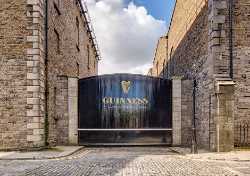 Guinness Storehouse
Dublin
Guinness Storehouse
Dublin
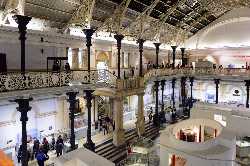 National Museum of Ireland Archaeology
Dublin
National Museum of Ireland Archaeology
Dublin
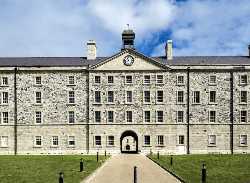 National Museum of Ireland Decorative Arts and History
Dublin
National Museum of Ireland Decorative Arts and History
Dublin
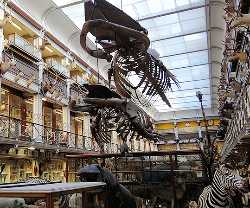 National Museum of Ireland Natural History
Dublin
National Museum of Ireland Natural History
Dublin
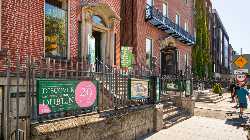 The Little Museum of Dublin
Dublin
The Little Museum of Dublin
Dublin
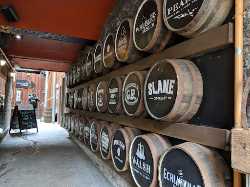 Irish Whiskey Museum
Dublin
Irish Whiskey Museum
Dublin
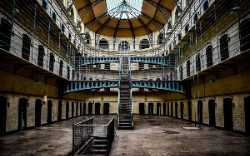 Kilmainham Gaol
Dublin
Kilmainham Gaol
Dublin
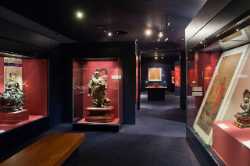 Chester Beatty
Dublin
Chester Beatty
Dublin
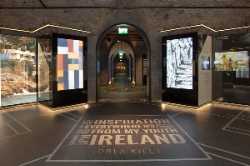 EPIC, the Irish Emigration Museum
Dublin
EPIC, the Irish Emigration Museum
Dublin
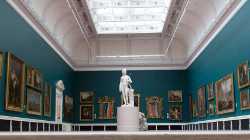 The National Gallery of Ireland
Dublin
The National Gallery of Ireland
Dublin
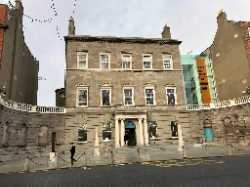 Hugh Lane Gallery
Dublin
Hugh Lane Gallery
Dublin
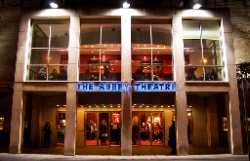 Abbey Theatre
Dublin
Abbey Theatre
Dublin
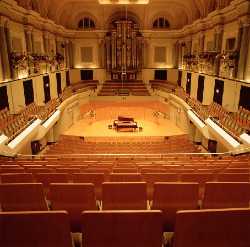 National Concert Hall
Dublin
National Concert Hall
Dublin
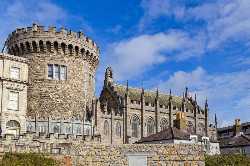 Dublin Castle
Dublin
Dublin Castle
Dublin
 Christ Church Cathedral Dublin
Dublin
Christ Church Cathedral Dublin
Dublin
 St Patrick's Cathedral Dublin
Dublin
St Patrick's Cathedral Dublin
Dublin
 Ha'penny Bridge
Dublin
Ha'penny Bridge
Dublin
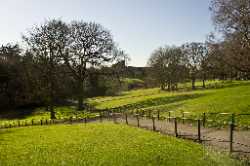 Phoenix Park
Dublin
Phoenix Park
Dublin
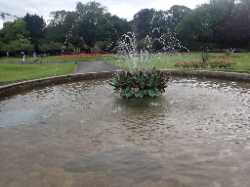 Saint Stephen's Green
Dublin
Saint Stephen's Green
Dublin
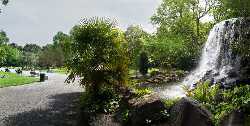 Iveagh Gardens
Dublin
Iveagh Gardens
Dublin
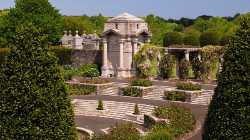 Irish National War Memorial Gardens
Dublin
Irish National War Memorial Gardens
Dublin
 Howth Market Dublin
Dublin
Howth Market Dublin
Dublin
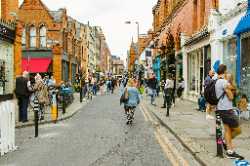 Drury Street Dublin
Dublin
Drury Street Dublin
Dublin
 Jameson Distillery Bow St
Dublin
Jameson Distillery Bow St
Dublin
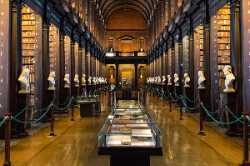 The Book of Kells Dublin
Dublin
The Book of Kells Dublin
Dublin
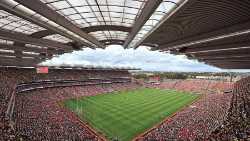 Croke Park
Dublin
Croke Park
Dublin
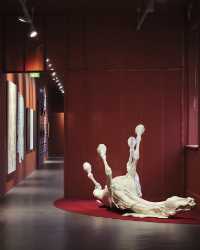 Irish Museum of Modern Art
Dublin
Irish Museum of Modern Art
Dublin
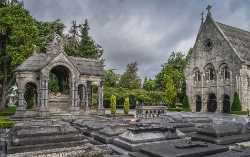 Glasnevin Cemetery Museum
Dublin
Glasnevin Cemetery Museum
Dublin
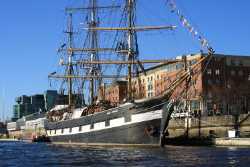 Jeanie Johnston Tall Ship & Famine Museum
Dublin
Jeanie Johnston Tall Ship & Famine Museum
Dublin
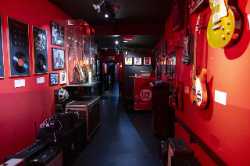 The Irish Rock ‘N’ Roll Museum Experience
Dublin
The Irish Rock ‘N’ Roll Museum Experience
Dublin
 GPO Museum
Dublin
GPO Museum
Dublin
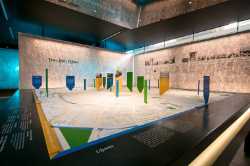 Museum of Literature Ireland
Dublin
Museum of Literature Ireland
Dublin
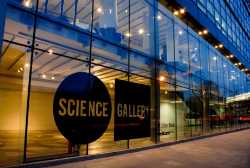 Science Gallery Dublin
Dublin
Science Gallery Dublin
Dublin
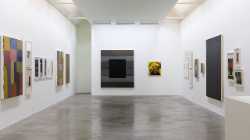 Kerlin Gallery
Dublin
Kerlin Gallery
Dublin
 Temple Bar Gallery
Dublin
Temple Bar Gallery
Dublin
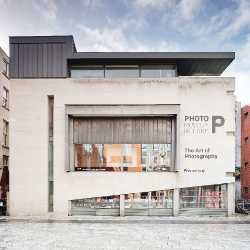 Gallery of Photography Ireland
Dublin
Gallery of Photography Ireland
Dublin
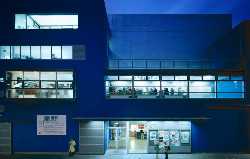 Project Arts Centre
Dublin
Project Arts Centre
Dublin
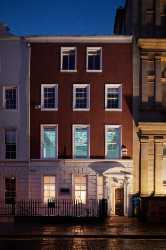 The Molesworth Gallery
Dublin
The Molesworth Gallery
Dublin
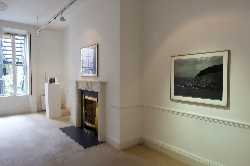 Oliver Sears Gallery
Dublin
Oliver Sears Gallery
Dublin
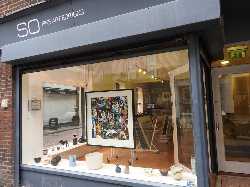 SO Fine Art Editions
Dublin
SO Fine Art Editions
Dublin
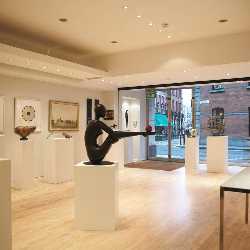 Solomon Fine Art
Dublin
Solomon Fine Art
Dublin
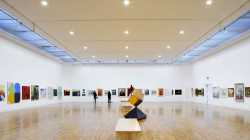 Royal Hibernian Academy
Dublin
Royal Hibernian Academy
Dublin
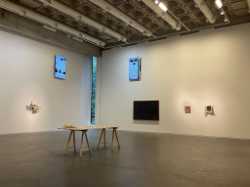 Douglas Hyde Gallery
Dublin
Douglas Hyde Gallery
Dublin
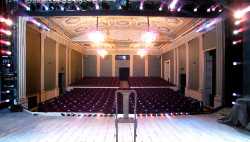 Gate Theatre
Dublin
Gate Theatre
Dublin
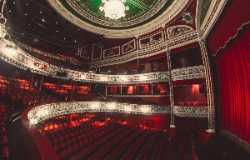 Gaiety Theatre
Dublin
Gaiety Theatre
Dublin
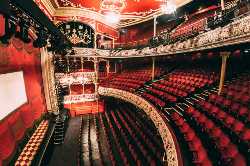 Olympia Theatre
Dublin
Olympia Theatre
Dublin
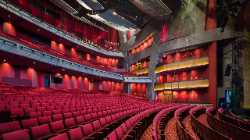 Bord Gáis Energy Theatre
Dublin
Bord Gáis Energy Theatre
Dublin
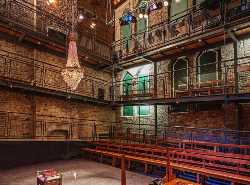 Smock Alley Theatre
Dublin
Smock Alley Theatre
Dublin
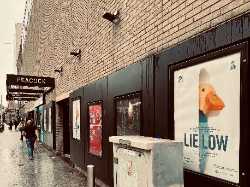 Peacock Theatre
Dublin
Peacock Theatre
Dublin
 Liberty Hall Theatre
Dublin
Liberty Hall Theatre
Dublin
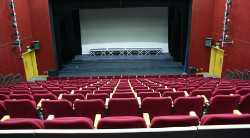 Civic Theatre
Dublin
Civic Theatre
Dublin
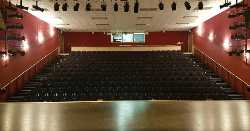 Draíocht Arts Centre
Dublin
Draíocht Arts Centre
Dublin
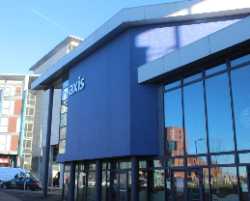 Axis Ballymun
Dublin
Axis Ballymun
Dublin
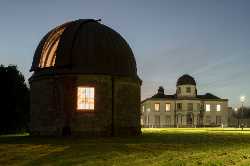 Dunsink Observatory
Dublin
Dunsink Observatory
Dublin